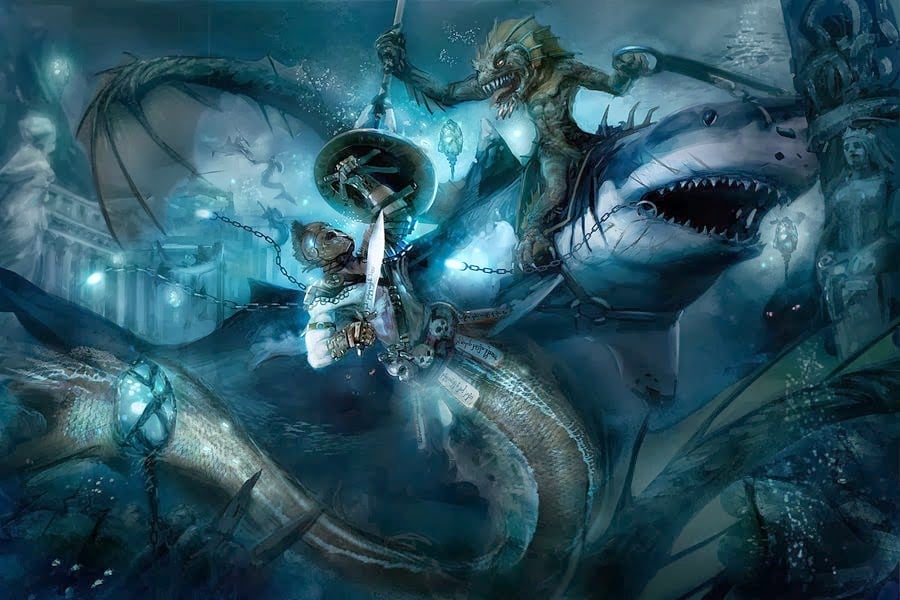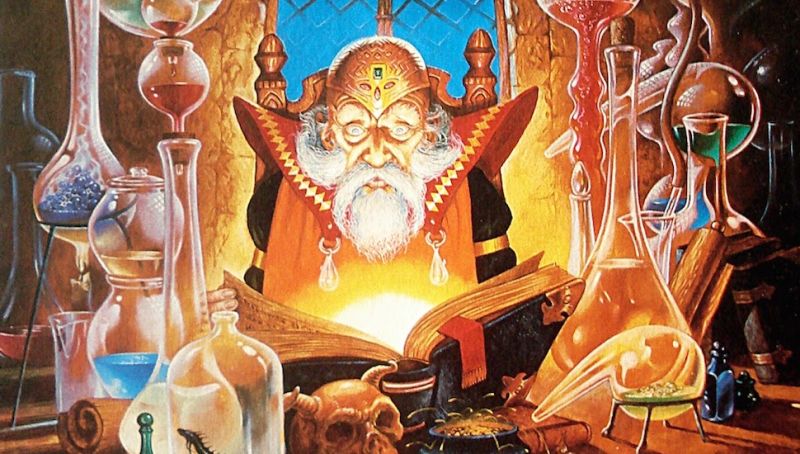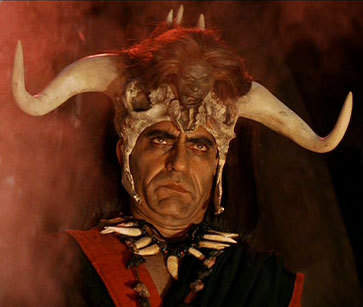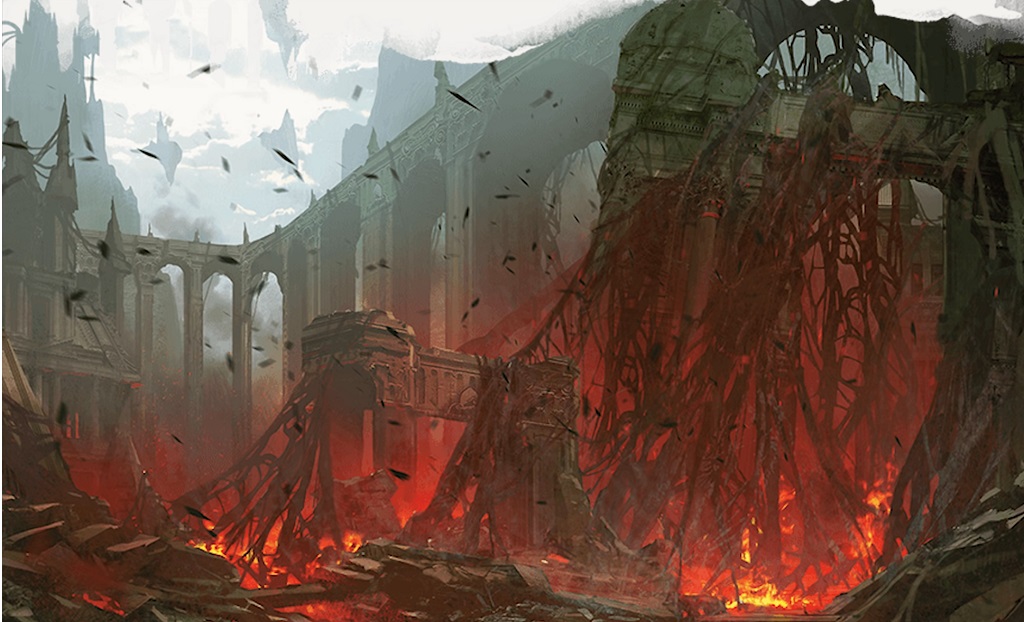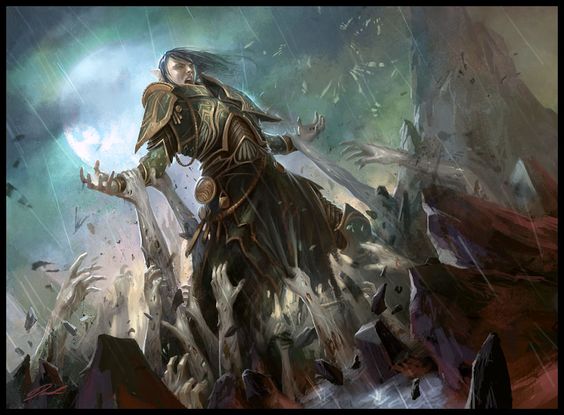D&D: So You Wanna Keep That Villain Alive, Do You? Here’s How
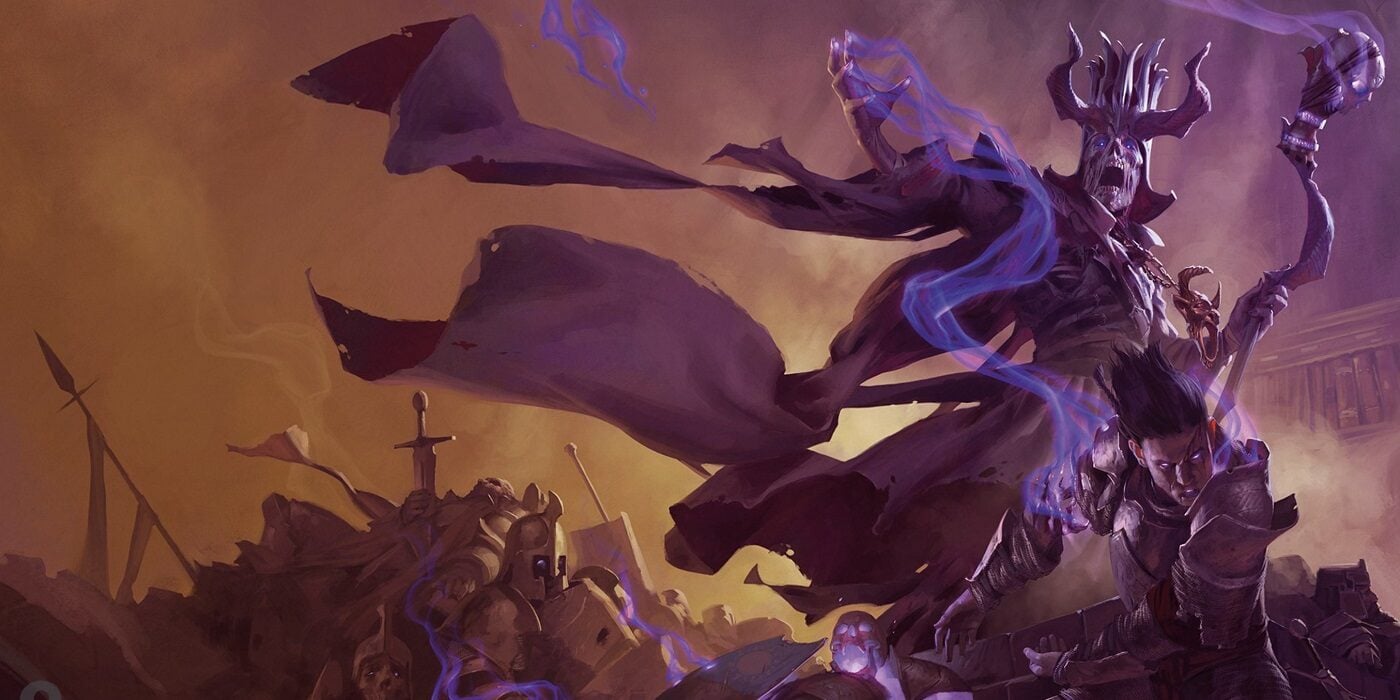
So you wanna keep that plot-important villain alive and still play fair? Well, here’s a few things you can do to make that feel satisfying.
One of the hardest things to do in D&D is set up a campaign-ending villain who the players have fought time and again, only this time they finally win. From a distance, it shouldn’t be. After all, D&D has a measurable way of tracking how powerful someone has gotten. So you can theoretically just put a high-level villain against a party and the player characters should know better than to try and take them down, right?
Right?
If you’ve ever played D&D, you now this isn’t true. There’s a weird tension in the game that comes from the fact that it’s both a storytelling activity and also a game. Stories love villains who you kill at the end of a dramatic arc and narrative lesson. And players, for the most part, love stories. They want the whole concept of a character arc. The dramatic reversals of fortune, and the deep emotional self-actualizations that come in the best stories.
However, when you’re playing a character, a lot of times you just want to inhabit that space. We want the emotional work of an arc, without having to break the immersion to willingly think “well if I kill the villain now, it won’t feel narratively satisfying.” Especially when the rules say you can keep shooting the villain as they run away and if you kill them, you often win the adventure. Or at least prevent the tragedy that might lead to character development if your character hadn’t put a stop to their schemes.
Whereas in our other storytelling media, we want to see the heroes lose and be threatened or flummoxed by the villains, who manage to escape to fight again another day. Eberron: Rising from the Last War understands your pain, and DMs, and has some excellent advice on making your villains live long enough to actually be attached to the party. We’ve added our own as well, giving you five ways to keep your villains alive.
Don’t Show Up in the First Place
They can’t kill you if you’re not there. Simple as that. One of the best ways to set up a villain is to let the players see them, but only through some kind of communication.
That can be a piece of technology/magic like a holo-communicator or some kind of sending spell that lets the players see the villain taunting them, talking to henchmen, or whatever. But even just having the villain’s lackeys be present works. Especially if the players rush in to see the villain rushing out through a secret escape route, protected by a squad of henchmen. Which the players can beat, of course, but it gives the villain time to escape and carry out other plans.
Use Those Magic Items
Of course, sometimes your villain ends up in the fight. Maybe your players get the drop on an initiative roll, or the story just calls for a little encounter. Even with a lot of minions around (and there should always be at least three or four minions around) your villain is still in danger of being the focus of all the party’s attacks.
Here’s where the villain has a chance to show off some of the treasure that was meant for the party. Have the villain quaff a healing potion or use some other consumable magic item (or a permanent one) to accomplish a powerful effect. The players will sit up and take notice and demand the villain stop using their treasure.
Have an Escape Route
Of course, if you have a smart villain, they might also have arranged for quick escape options. In the middle of a fight, they jump off a building as an elemental skyship goes sailing by. Or perhaps they hop on a barge or a shrinking portal–never underestimate the value of a quick exit as things start to go south. I wouldn’t use this one too often, lest it feel too deus ex machina-y. But you can give the players some respite and send a clear “this fight is over” message with one simple move.
Use the Chase Rules
Now here’s one I haven’t seen done too much before. If your villain makes a break for it, don’t spend the next six rounds figuring out just how far your Warlock and Ranger can move while still pelting the villain with arrows/magic blasts. Just declare that you’re going to start using the chase rules as the villain runs off. You can make the segue a little smoother by requiring that anyone wishing to flee a fight makes a check (athletics or acrobatics feels appropriate) and if they pass, the scene shifts and instead becomes a Chase Scene.
If you haven’t read the chasing rules in the DMG, then you are missing out on some excellent fleeing/proto-skill challenge rules in 5th edition.
Fake Death
Finally, when all else fails, just employ this patented tried and true method of having your villain fake their own death and move away. You can go a few different routes with this one: there’s the classic Reichenbach Falls method, where the villain goes over the side of a cliff, falls into a trash compactor, is in an exploding building—and you don’t see their body but there’s no way they could possibly have survived it.
Spoiler alert. Obviously, there is, and they do. Do this one too much and your world becomes a comic book world. But used sparingly, it can spice up any “victory.”
You can also try and play by the rules, if you want it to feel less like a foregone bit of railroading, though. A villain might cast Feign Death in a fight (bonus points if they are a sorcerer and use a subtle spell) and while they appear to be dead, you note down what they do and after the spell ends, your villain is back. Or use something like a projected image to give the semblance of being in one place and “dying” while the villain escapes.
Give the players a chance to realize that someone’s faking and it will feel a lot more satisfying.
What are the methods you use to help make sure your recurring villains recur? Let us know in the comments!

